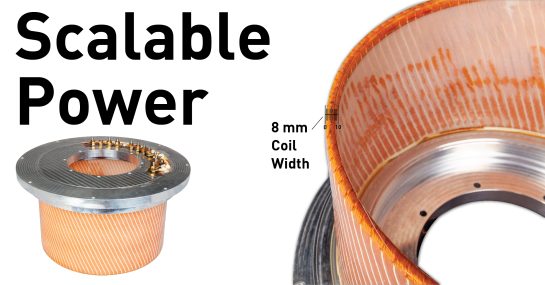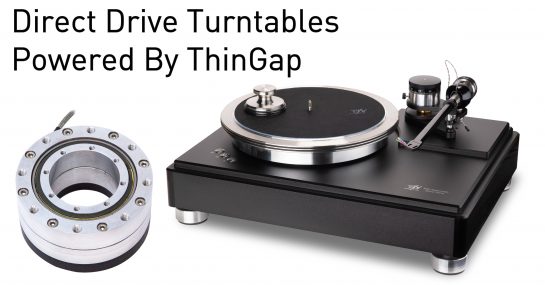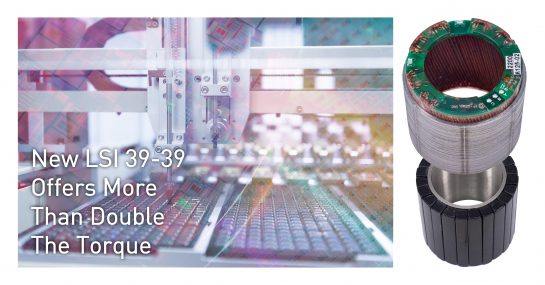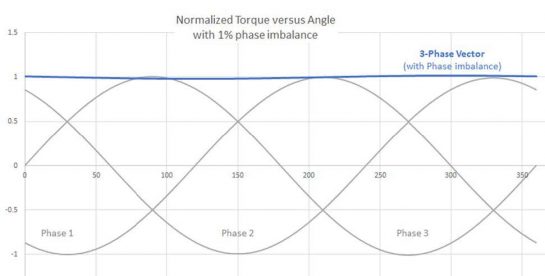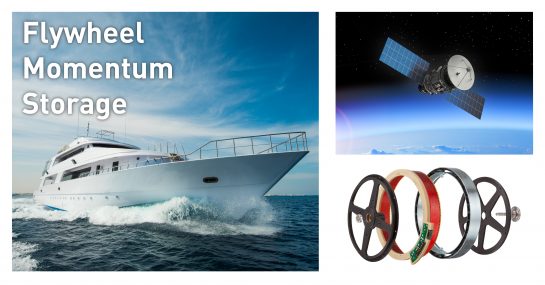Unmanned aerial systems of all sizes and shapes have varying requirements in terms of payloads and flight ranges. From Group 1 to 5 UASes, there is a need for electric motors offering high power, efficiency, and light weight for all forms of onboard actuation.

Multiaxial gimbals require high performance motors to directly drive their movements and hold position. In airborne systems, high performance is defined by Size, Weight, and Power (“SWaP”), as well as smooth motion. Gimbal makers have an inherent need for a high amount of torque, in some cases to move large payloads quickly and precisely and stabilize the housing against forces caused by aerodynamic drag. ThinGap’s LS Series of slotless motor kits is an industry leader for gimbal applications requiring high performance and efficiency, as well as decisive positioning and smooth motion. Their ring architecture allows for optimized optical designs, by allowing critical parts of the system, such as lenses or cabling, to be integrated through the large through hole in the center of the motor.
Another airborne application where ThinGap’s motor technology provides a competitive edge is as a starter-generator. There is a long-standing truism that good motors make good generators, and for starter-generator applications, ThinGap’s TG Series is the industry leader. This is enabled by the light wave-wound composite stator, and weight-optimized rotor with large clear internal aperture, which can be integrated into both piston and turbine engines. The TG Series offers high efficiency, high peak torque, low harmonic distortion, and weight optimization which are all desired traits. In the case of UAS applications, ThinGap motors can start the Internal Combustion Engine with its high peak torque, then switch to act as a generator to supply valuable conditioned power to onboard systems.
With more than two decades supporting airborne applications, ThinGap can produce motor kits to fit all size and power requirements. To learn more about ThinGap’s motors for airborne applications, click here.

